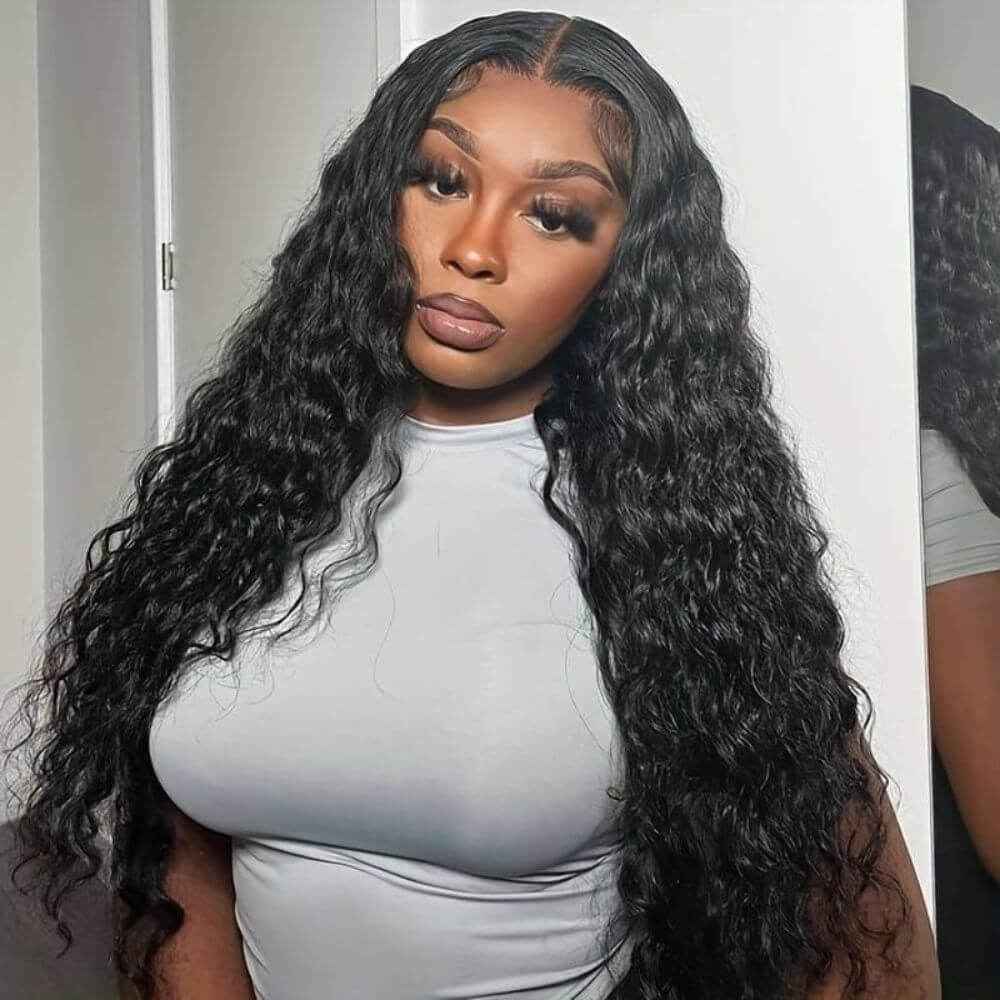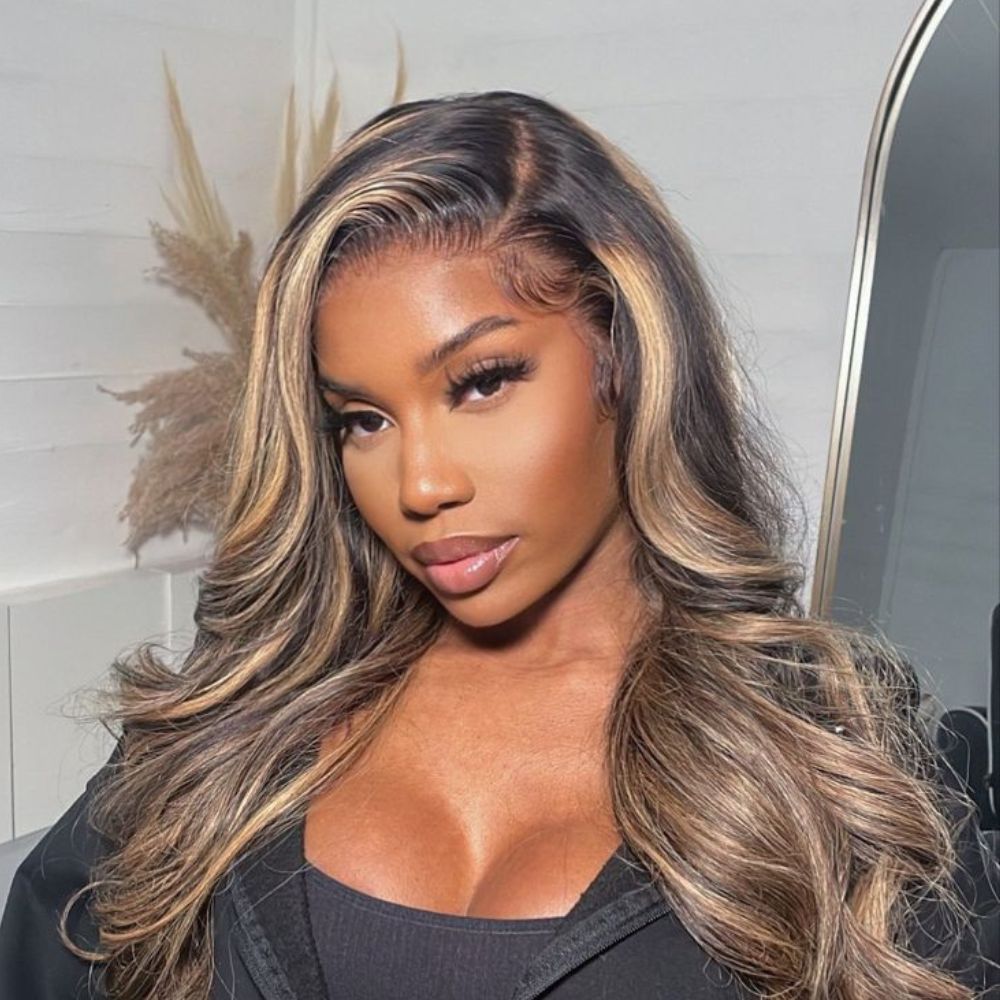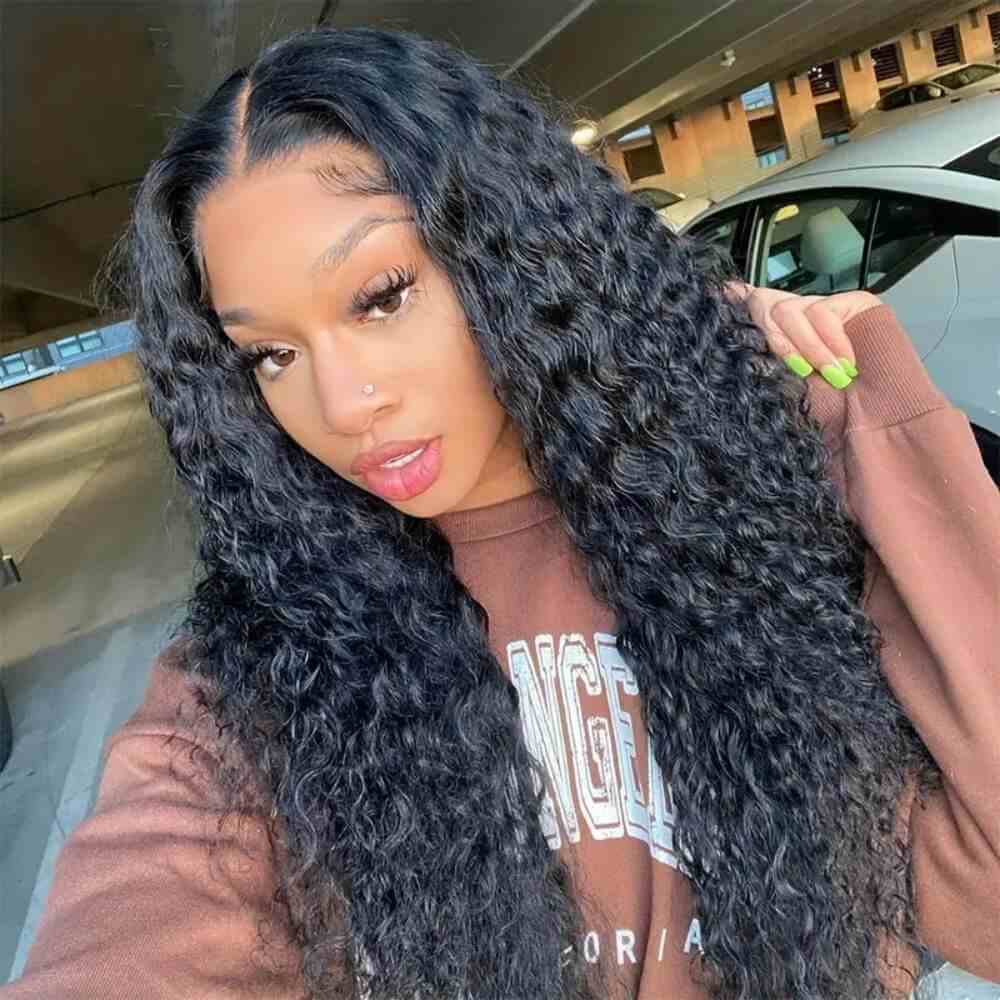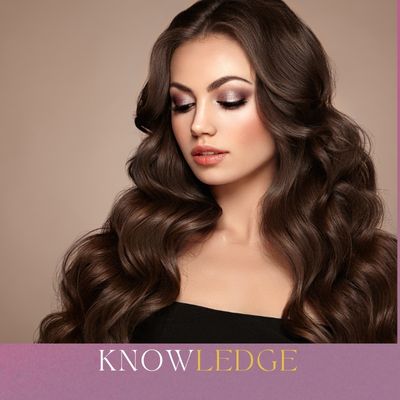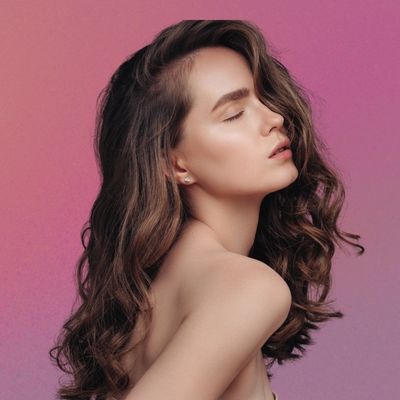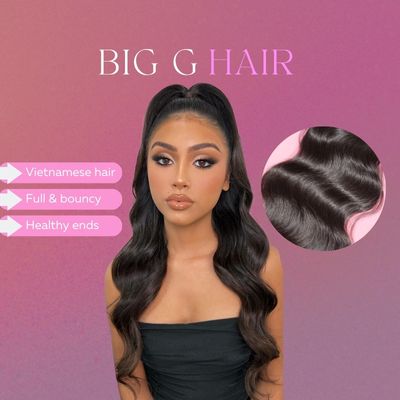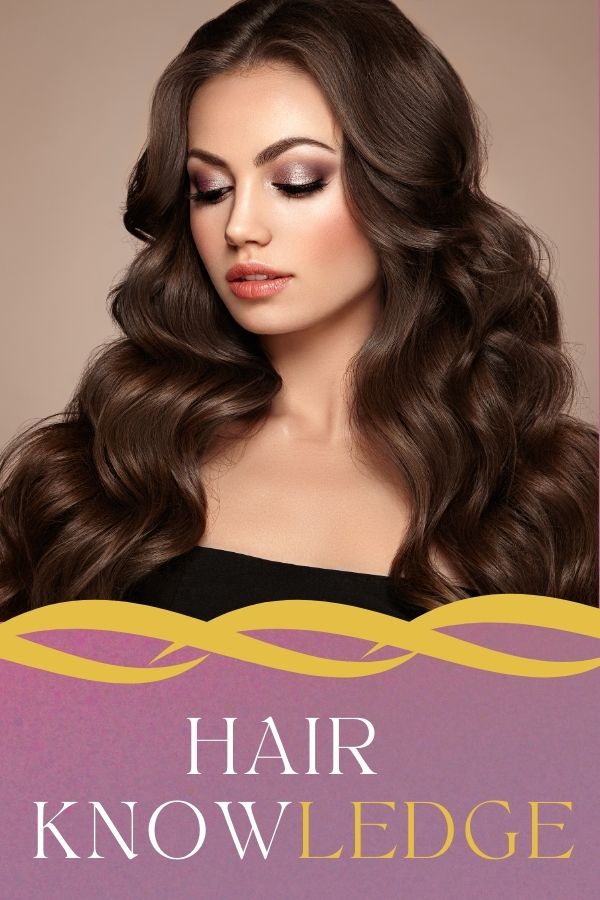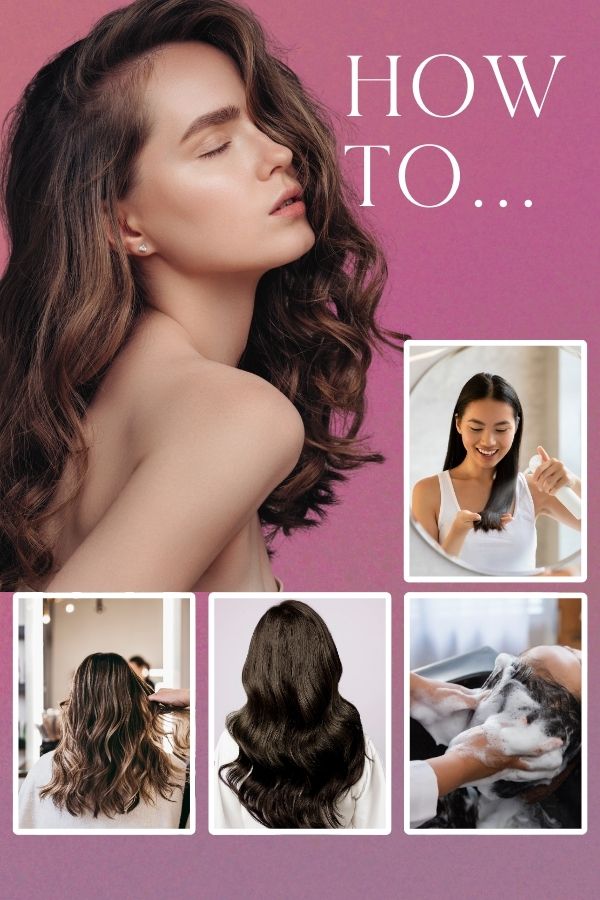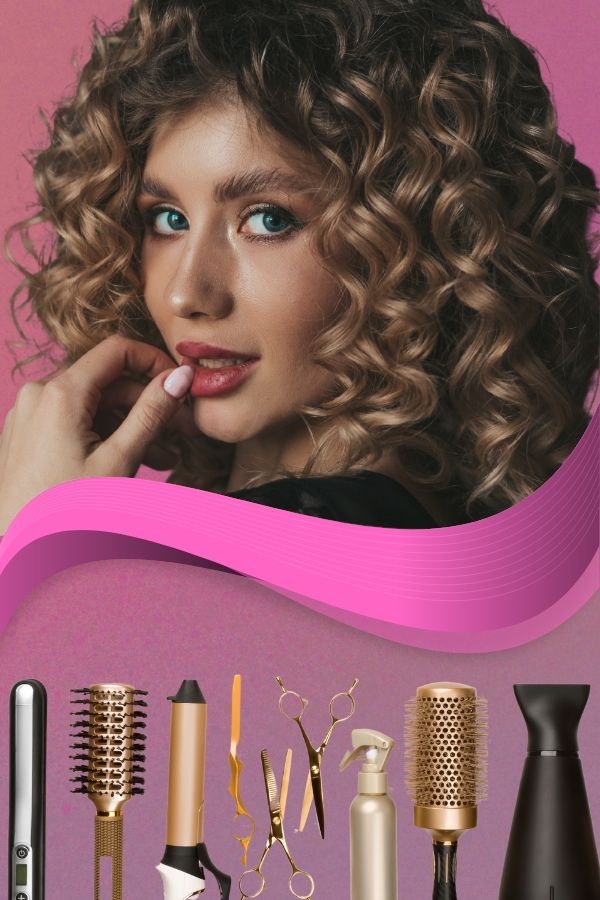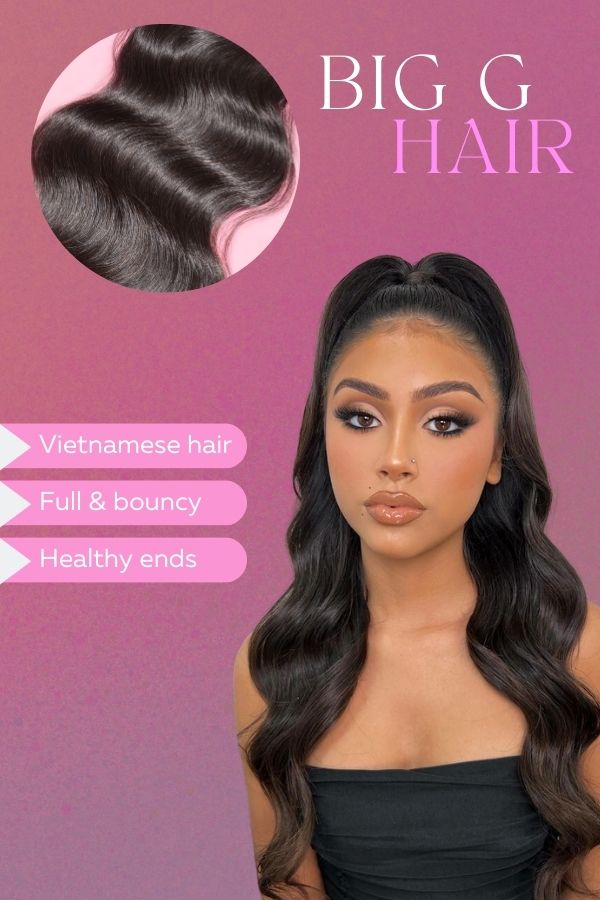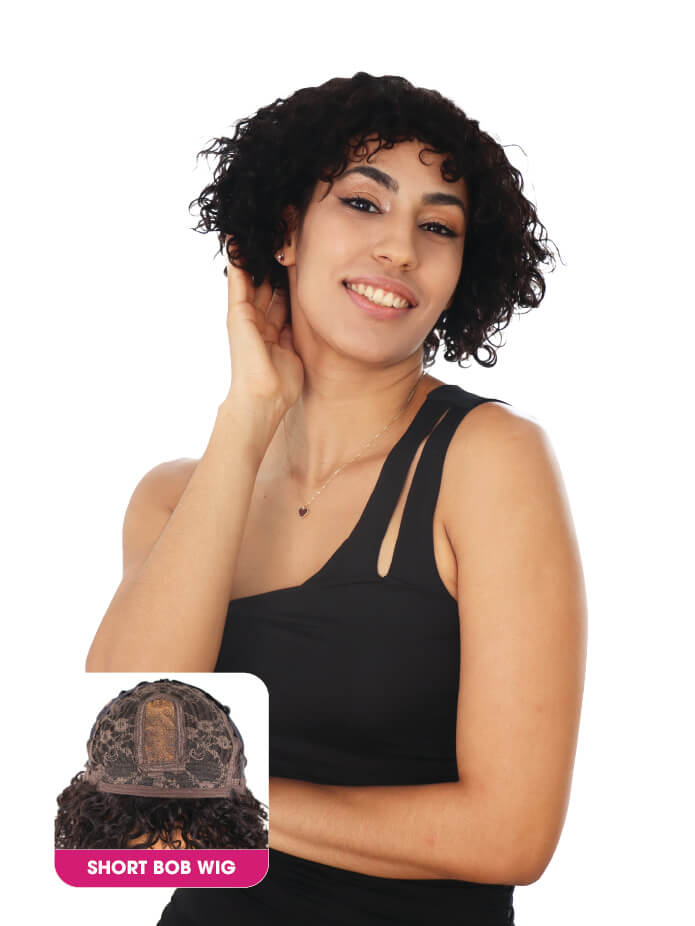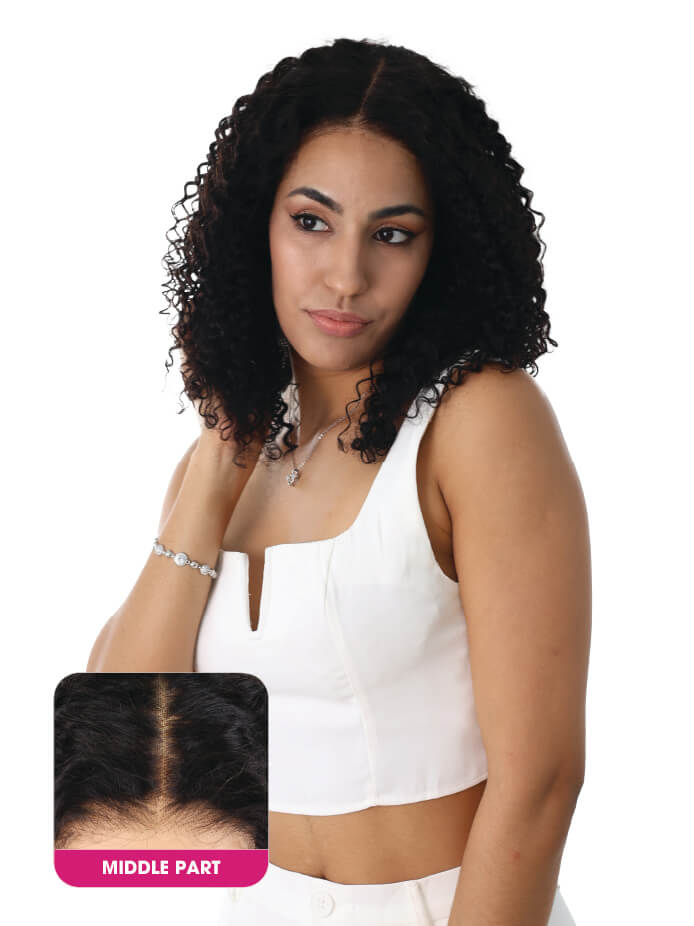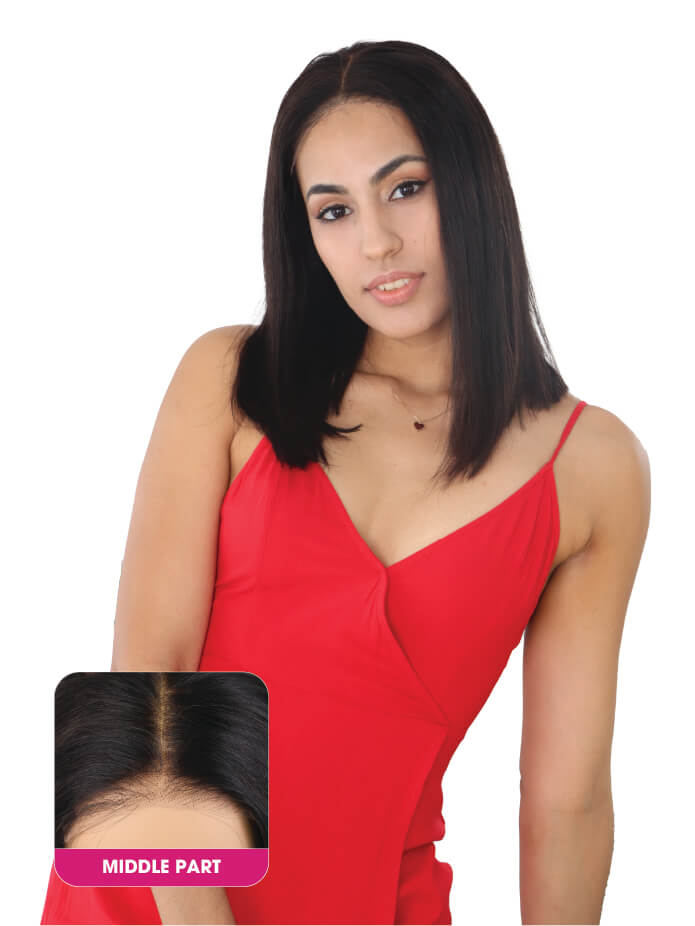Wig density is one of the most important factors to consider when selecting a wig, as it influences the overall look and feel of the hair. Whether you’re going for a natural, voluminous, or sleek style, understanding wig density will help you make the right choice. In this post, we’ll break down what does density mean in a wig, the different types available, and how to choose the best option for your needs.
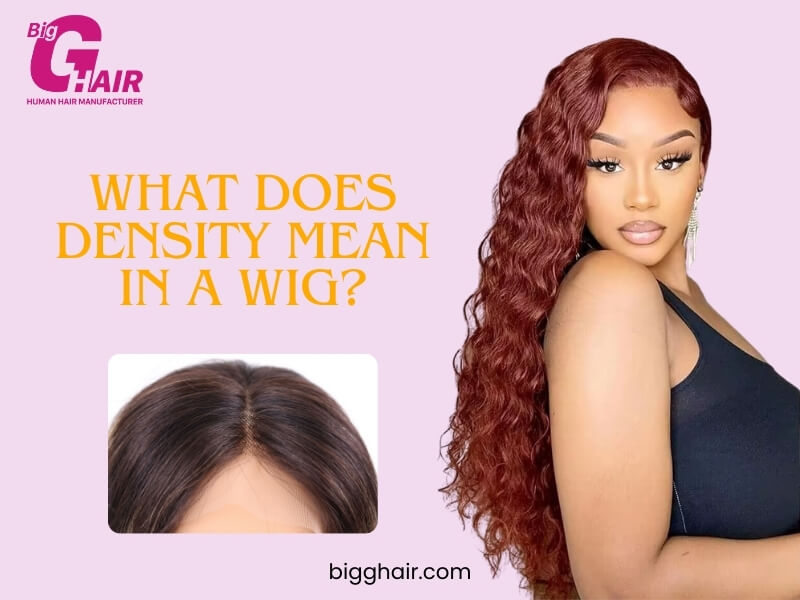
What Does Density Mean in a Wig?
What Is Wig Density?
Wig density refers to the amount of hair added to the wig cap, measured by the number of strands per square inch. Essentially, it describes how thick or full the hair on the wig appears. Wig density doesn’t necessarily reflect the thickness of individual hair strands but rather the overall volume of the wig. That’s the most straightforward answer to “What does density mean in wigs?”.
Density levels typically range from low to high, with wigs being classified by percentages:
– Low density: 50% – 100%
– Medium density: 120% – 150%
– High density: 180% – 200% or higher
The percentage reflects how full the wig will appear compared to natural hair, with 100% being the equivalent of an average head of hair.

What does density mean in a wig?
Types of Density in Wigs
After understanding “what does density mean on a wig?”, are you curious about how they are classified? Wig density is categorized into three main types, each offering a different appearance and feel.
Low-Density Wigs
Low-density wigs, typically ranging from 50% to 100%, mimic the look of fine or thinning hair. These wigs provide a more natural and lightweight appearance, perfect for everyday wear. Due to the lower amount of hair strands, low-density wigs are breathable and comfortable, making them ideal for extended use.
Best for: People who prefer a more subtle look or those with naturally fine hair who want a wig that closely matches their own.

What does density mean in a wig?- For low-density wigs
Medium-Density Wigs
Medium-density wigs (120% – 150%) offer a balanced look, providing both fullness and a natural appearance. These wigs are versatile, allowing for various styling options like sleek, straight hair or voluminous curls. Many people prefer medium-density wigs because they give a fuller look without being overly dramatic.
Best for: Those who want a fuller look while maintaining a natural, everyday appearance.

What does density mean in a wig?- For medium-density wigs
High-Density Wigs
High-density wigs (180% and above) are designed for those who want maximum volume and thickness. These wigs offer a dramatic and glamorous look, often preferred for special occasions or for individuals with hair loss who want complete coverage. High-density wigs provide ample room for creating intricate hairstyles, but they can feel heavier and less breathable.
Best for: Individuals seeking a bold look or those who want to create voluminous hairstyles like curls or updos.

What does density mean in a wig?- For high-density wigs
How to Choose the Best Density for Wigs?
Purpose and Occasion
– Everyday wear: Low to medium-density wigs offer a natural look and comfortable wear for daily activities.
– Special events: High-density wigs are great for occasions where you want to stand out with a bold, voluminous hairstyle.
Using low-density wigs for casual events like work or daily activities, and high-density wigs for performances, weddings, or photoshoots.
Hair Type
If you have fine hair and want to maintain a natural look, choose low-density wigs.
If you’re used to fuller hair or want more styling versatility, opt for medium or high-density wigs.
Low-density wigs suit fine hair, as they don’t add unnatural volume, while high-density wigs might overwhelm someone with naturally thin hair.
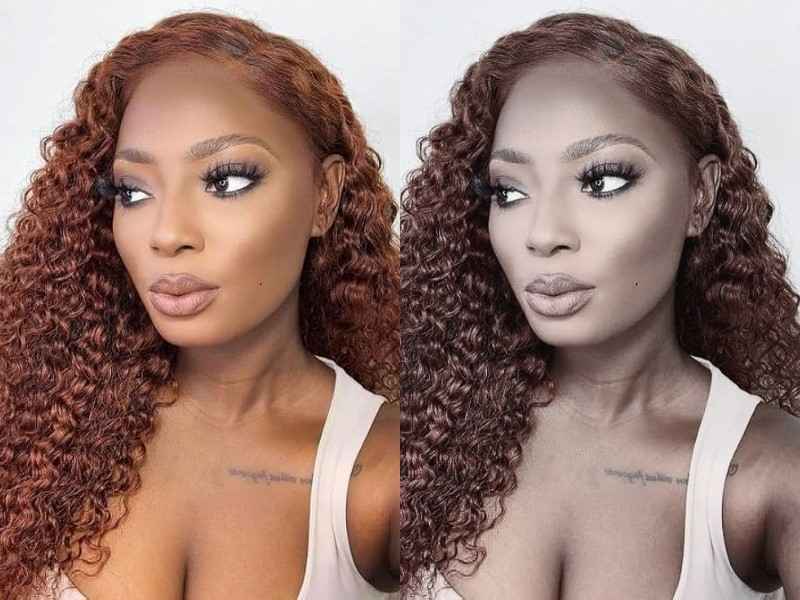
Hair type
Styling Preferences
Medium-density wigs are ideal if you like to switch up your styles, offering a balance between fullness and versatility.
For intricate updos or curls, high-density wigs provide enough volume to make those styles stand out.
Low-density wigs are great for sleek, straight styles, while medium to high-density wigs are better for voluminous curls or braided styles.
Comfort
Consider how long you’ll be wearing the wig. Low-density wigs are lighter and more breathable, making them suitable for long-term wear.
density affects long-term comfort, such as the breathability of low-density wigs versus the potential heaviness and heat of high-density wigs.
Face Shape
Different densities can complement or enhance certain face shapes. For example, low-density wigs can help soften angular faces, while high-density wigs can add fullness to narrower or elongated face shapes.

Face shape
Climate and Weather
If you live in a hot or humid climate, low-density wigs might be more comfortable due to their breathability. High-density wigs can trap more heat, making them less ideal for hot conditions but great for colder environments.
Budget
Higher-density wigs often cost more due to the additional hair strands and labor required in making them. If you’re on a budget, a medium-density wig could offer a good balance between fullness and cost-efficiency.
Age
Younger individuals often prefer higher-density wigs for a more voluminous, youthful appearance. Conversely, older women might opt for low or medium-density wigs for a more mature, natural look.
Wig Cap Construction
The wig cap can affect how density feels and looks. For example, lace front wigs and mono caps can handle higher densities while still looking natural, whereas basic cap wigs might look bulkier with high density.
Maintenance and Care
High-density wigs require more maintenance, such as detangling and washing, because there’s more hair to manage. Low-density wigs, on the other hand, are easier to care for, making them ideal for people who want low-maintenance options.
FAQs
Does wig density affect the weight of the wig?
Yes, higher-density wigs tend to be heavier due to the greater number of hair strands per square inch. Low-density wigs are lighter and more comfortable for extended wear, while high-density wigs are ideal for shorter, more glamorous uses.
Can I style a low-density wig?
Absolutely! Although low-density wigs have fewer strands, you can still achieve simple styles like waves or light curls. However, for more intricate hairstyles, medium or high-density wigs offer better results.
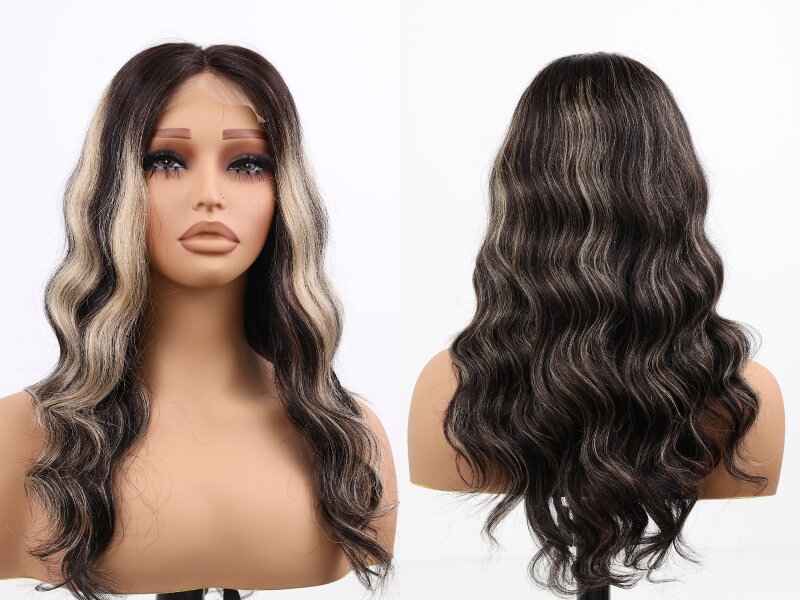
FAQs for “What does density mean in a wig?”
Is higher density always better?
Not necessarily. Higher density wigs are perfect for a voluminous, dramatic look but may not be ideal for everyday wear. It’s about finding the balance that suits your lifestyle and comfort
Can I adjust the density of a wig after purchasing it?
While you can’t increase the density of a wig, you can reduce it if it feels too thick or voluminous. A professional stylist can thin out the wig by carefully removing some hair strands, giving it a more natural and lightweight appearance. However, altering a wig’s density requires skill, so it’s recommended to seek help from a wig expert to avoid damaging the wig’s structure or appearance.
Conclusion
Above are all the answers for “What does density mean in a wig?”. Choosing the right wig density depends on the look you’re going for, your styling needs, and how comfortable you want to feel while wearing the wig. Whether you prefer a subtle, natural appearance or a bold, voluminous style, there’s a density level to match your preferences.
Ready to find the perfect wig for your needs? Explore BIG G Hair’s collection of Vietnamese human hair wigs, with suitable density to suit every style and occasion. Shop now and elevate your hair game!

